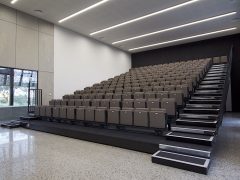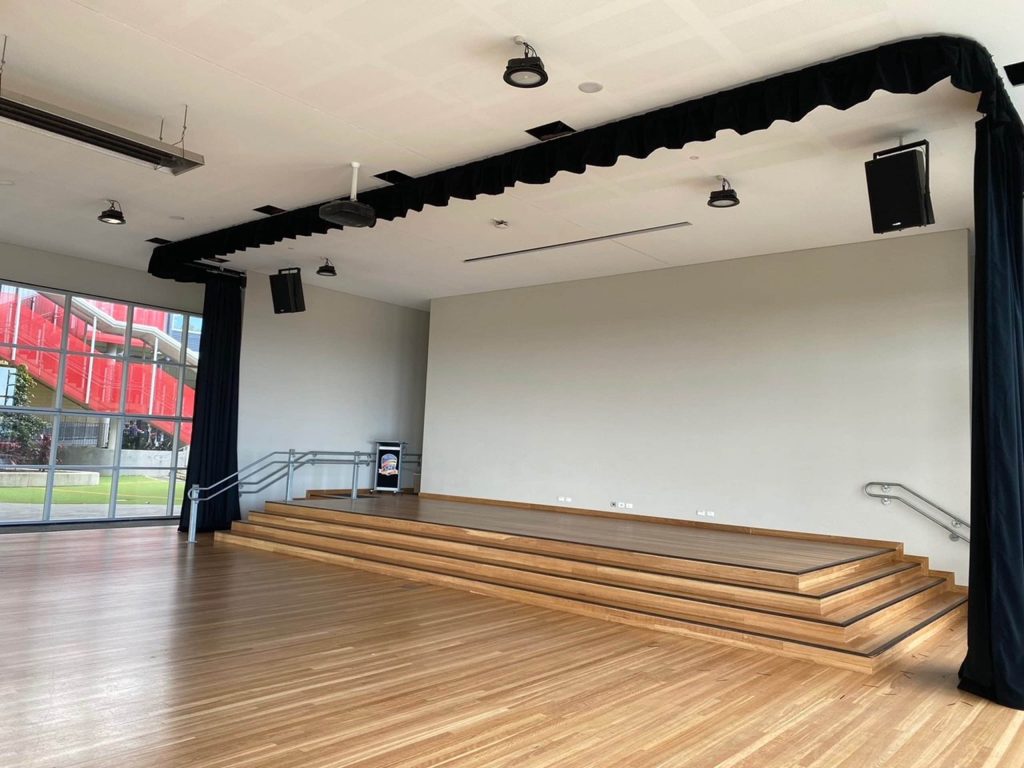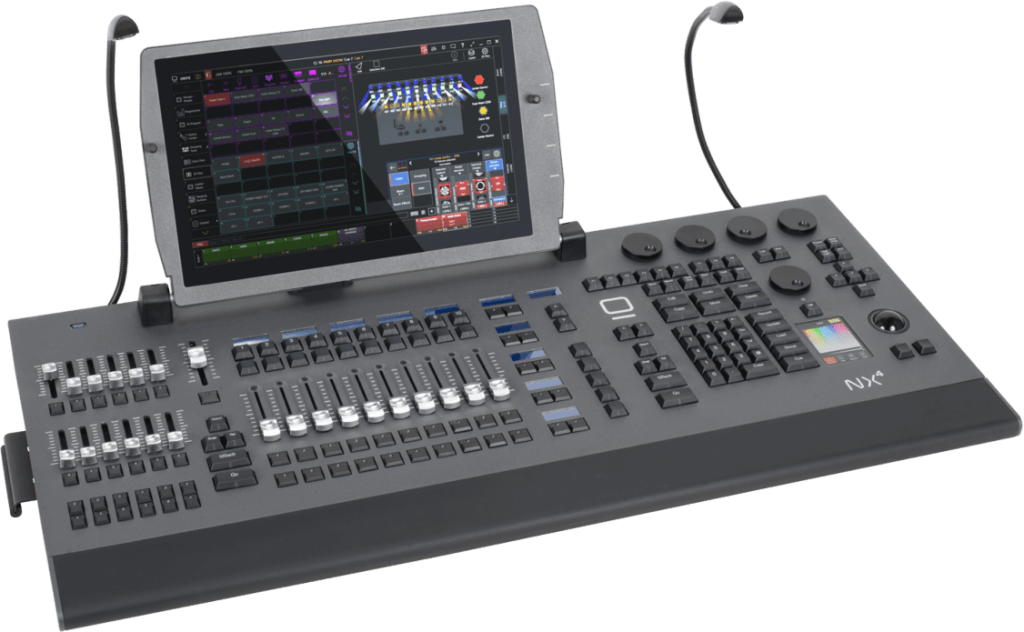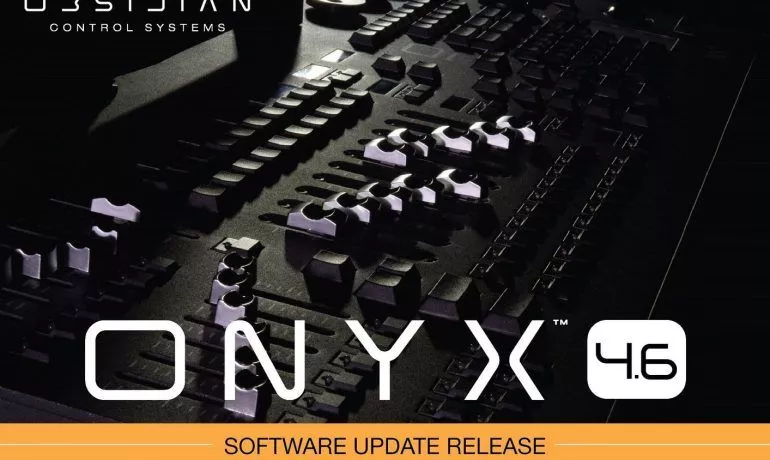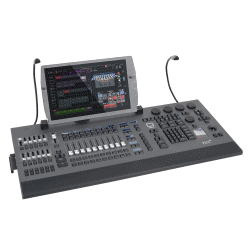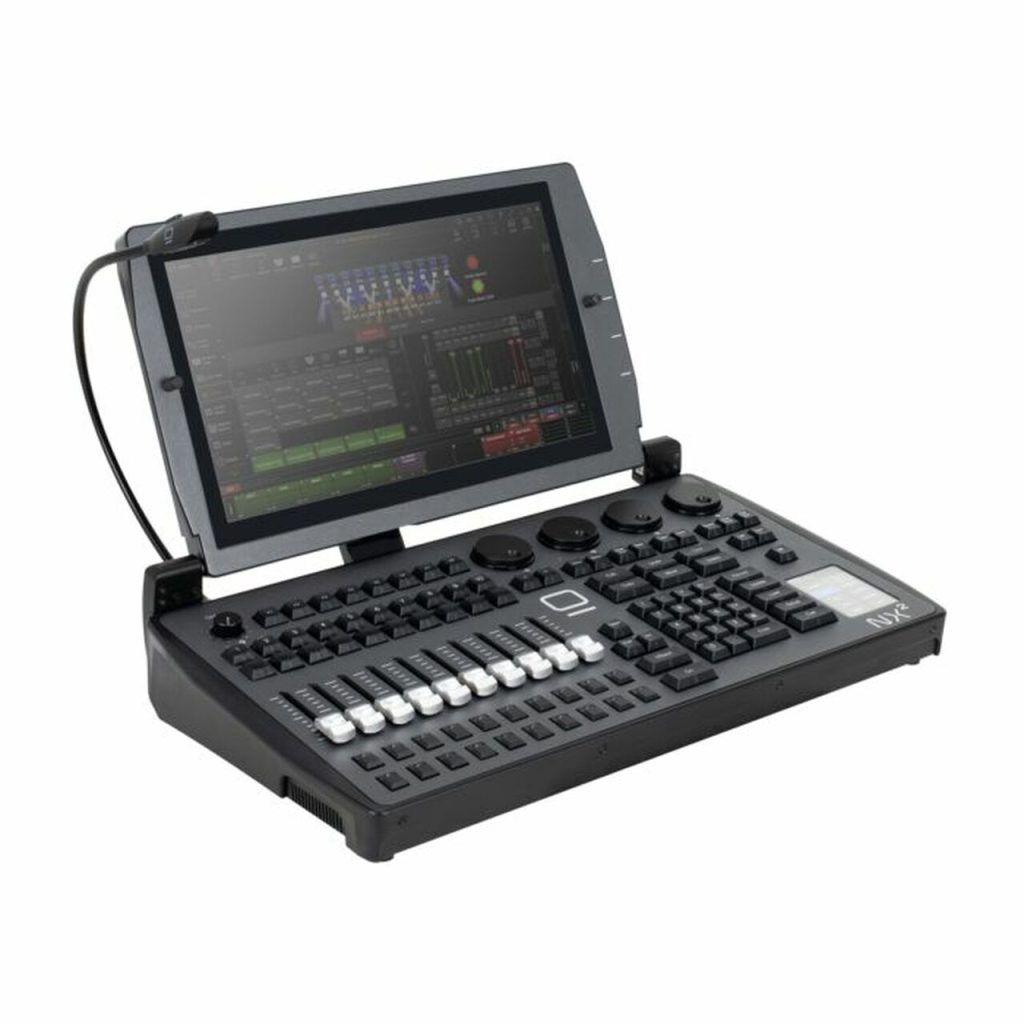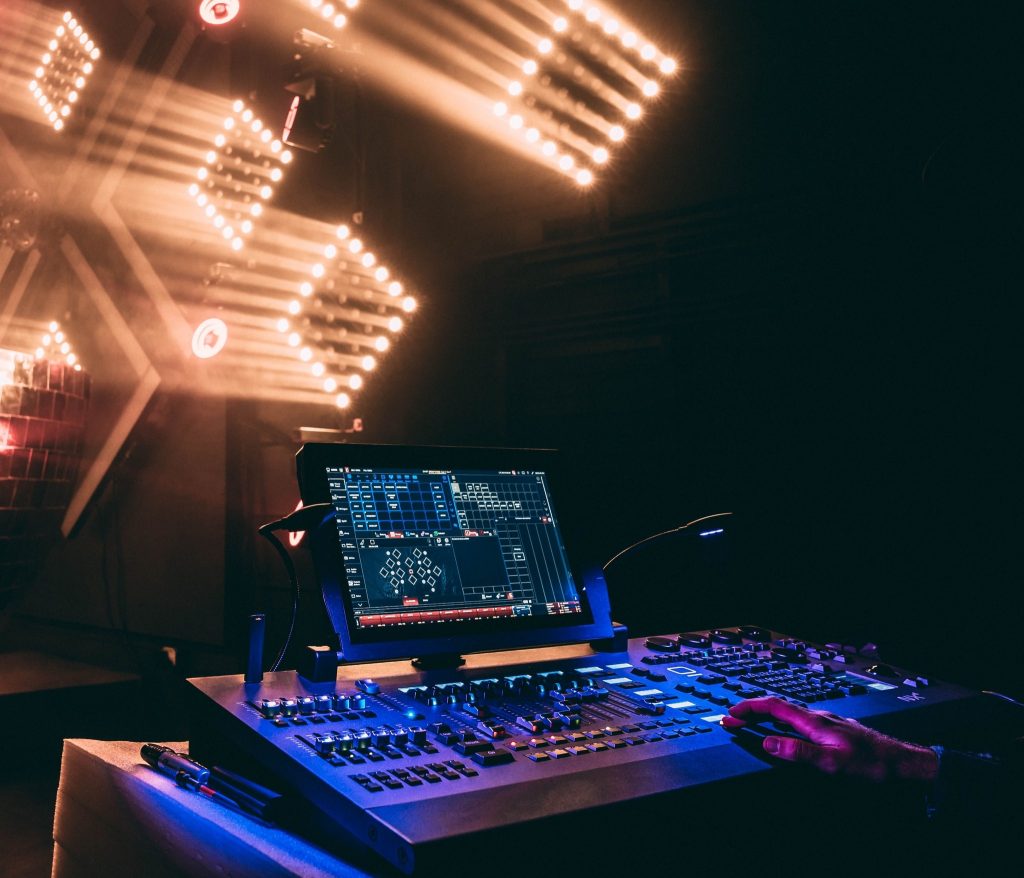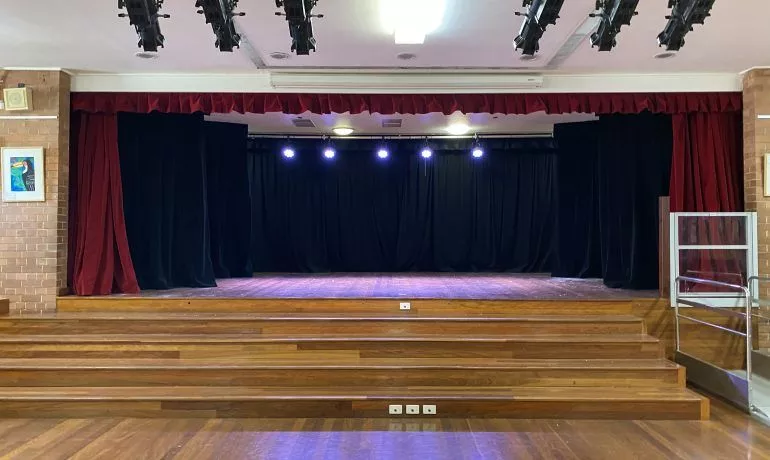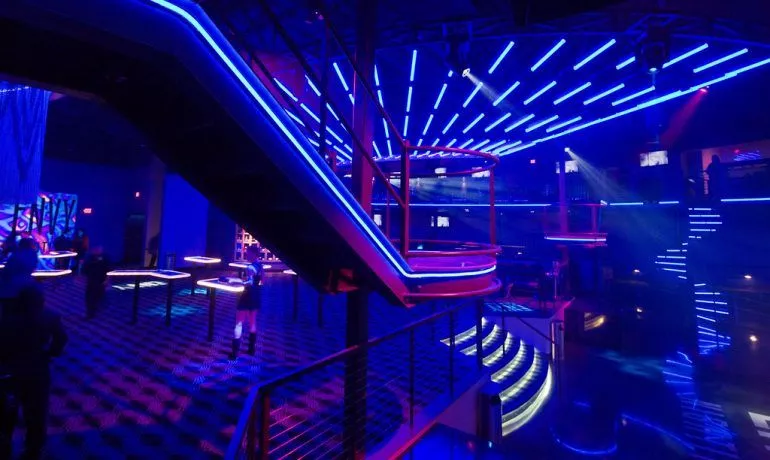DMX and DALI —The Basics To Know
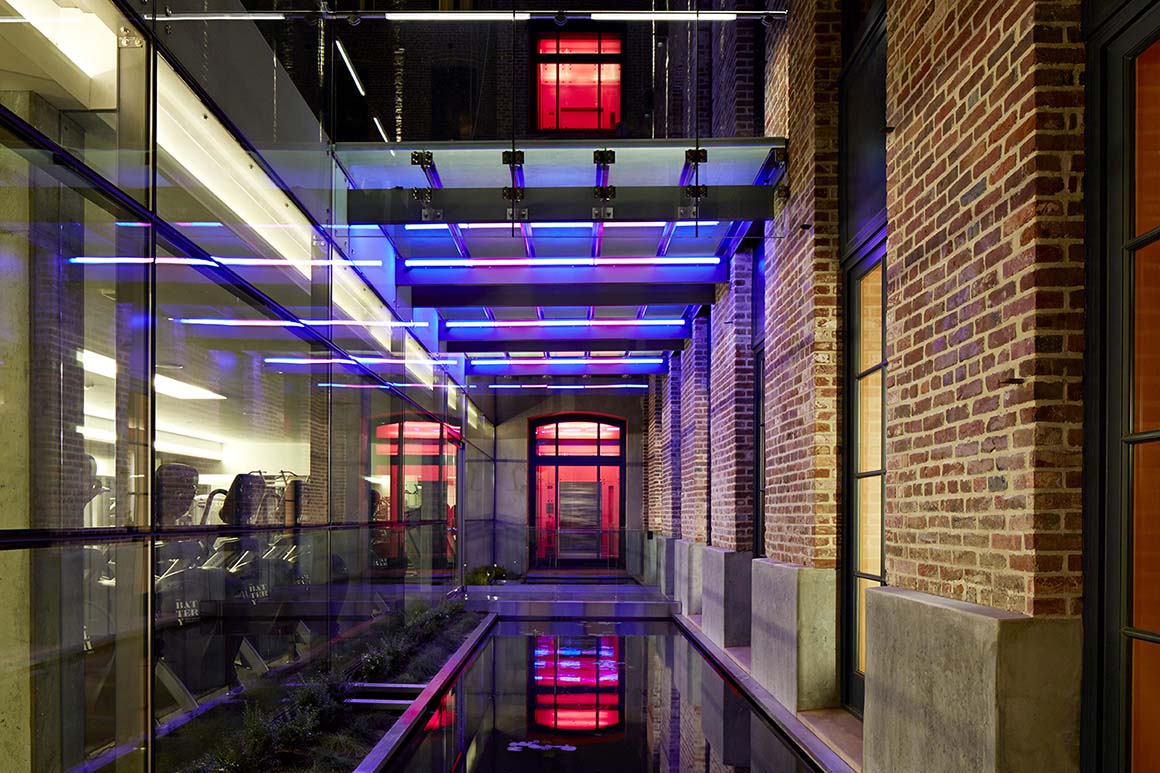
The fast-paced evolution of technology has ensured that lighting systems like DMX and DALI become smart. The technology behind most smart lighting control systems ensures positive and important factors are met. Some of these factors are; enhanced energy efficiency and energy conservation in buildings, homes, offices, theaters, and other related places.
DMX and DALI are the most popular lighting control technology that utilizes automated dimming control for energy conservation. DALI and DMX lighting controls are different lighting control systems, but each has unique applications and commands, although it can be used together by following specific steps.
When you understand the functionality and working of these lighting controls, you’ll understand their difference effortlessly, and we will discuss their differences below.
About DALI Lighting Control System
Digital Addressable Lighting Interface (DALI) is a command-based lighting control system that specifies a group of commands that the controllers send to the fixtures. This command-protocol is like a decentralized system that allows for individual control via each of its panels to dim lights.
DALI possesses free typology, it is possible to use it with standard main cable, and it is independent of polarity and is easily installed in a mains channel. This lighting control uses two wires which act as its control line and can cover a maximum distance of 300 meters. All DALI controls are capable of being connected to a mix of about 64 luminaires, ensuring that 254 brightness levels can be taking care of just from its “On to OFF” mode.
About DMX Lighting Control System
The Digital Multiplexing (DMX) utilizes a single control panel to command all the lights and luminaires, unlike the DALI control system. The DMX, a centralized control system, differs from the DALI decentralized system in various other ways.
The lighting control system possesses multiple drop connectors that utilize the RS485 or the RS422 to ensure that more lights and luminaires can be sat and connected in one single connection. Also, the DMX lighting control system ensures that the control of lighting colors, and this isn’t attainable when using the DALI connection.
Brief Differences Between The DALI and DMX Lighting Control Systems
- DALI is a decentralized lighting control system, while DMX is a centralized lighting control system.
- DALI only has a maximum of 64 connections, while DMX is capable of having about 512 connections.
- The DMX lighting control system is a fast-paced control system, while the DALI is a slow-paced control system.
- The DMX system doesn’t allow for automatic addressing, while the DALI system allows for automatic addressing.
- Even though both systems have a cable length requirement of 300 meters, the DMX light control system requires a Cat-5 cable.
Interesting Read: The Best Ways DALI and DMX Control Systems Can be Integrated into a Single System
Final Word
DALI lighting control system offers installer friendliness, and certain interesting features like emergency lighting, multiple sensors, daylight harvesting, etc., are easier to execute using the DALI control system. However, if you’re using the dynamic effects, or if specific fade times or synchronized playback are required, then be assured that the DMX lighting control system is best for the project.
In as much as both systems have unique applications, you only need to select the control system that matches your required features for each project. An excellent controller might support both DMX and DALI to ensure you can utilize the benefits of both lighting control systems.




